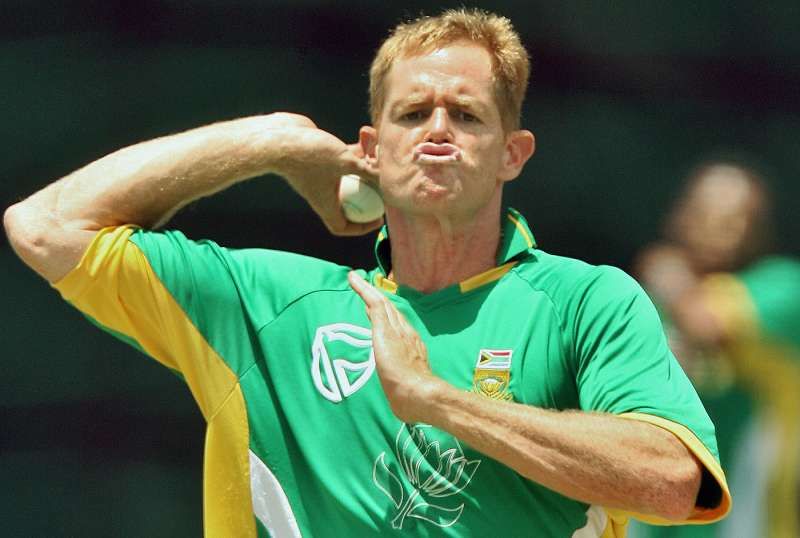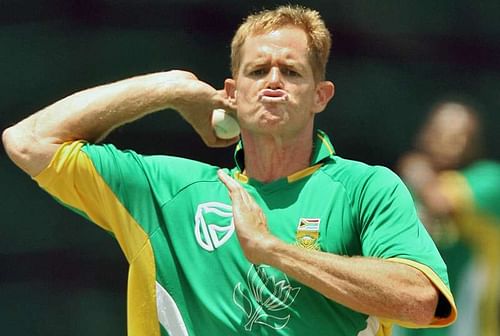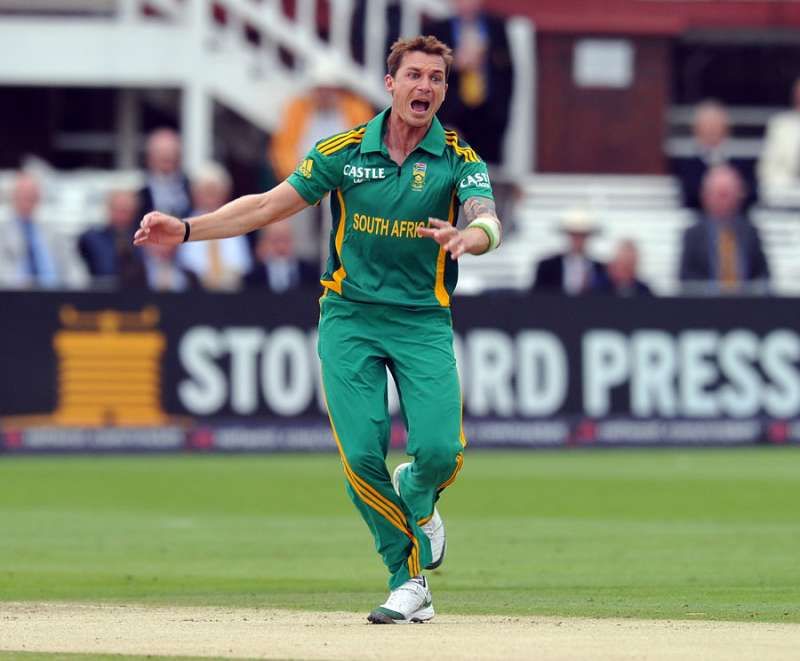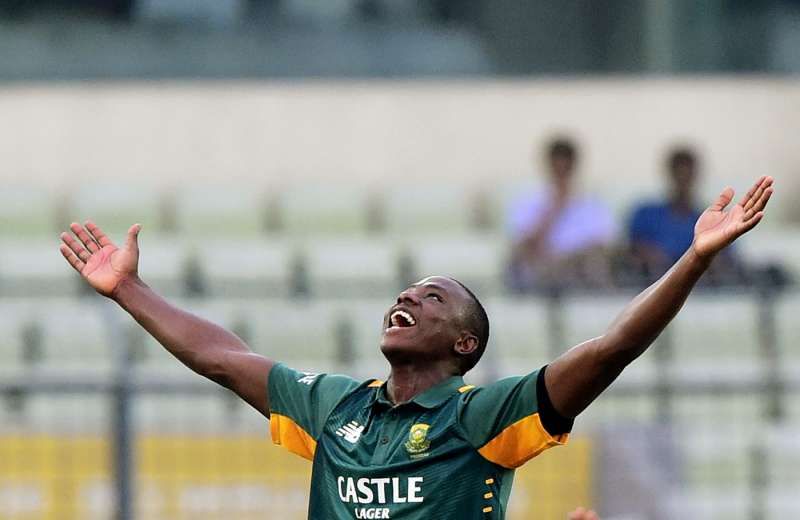
South Africa's fast bowlers transition: Pollock to Steyn and Steyn to Rabada
South Africa are one of the oldest teams to have played International cricket, having been the third nation to play test cricket. It took South Africa 16 years to win their first test match and they were not always a very strong team against the likes of England and Australia. However, during the 1960s the team began to grow stronger with players like Graeme Pollock and Peter Pollock. However, in 1970, the country was banned from cricket by the ICC due to it's government's policy of apartheid which allowed it to play only against white nations (England, Australia, New Zealand) and allowed it to field only white players. This ban ended the careers of many brilliant cricketers including the Pollock brothers, Mike Procter and a young Barry Richards who never made his mark in international cricket. World class players like Clive Rice and Vintcentvan der Bijl also never played test cricket owing to this ban and players like Alan Lamb and Robin Smith had to emigrate to England in order to play international cricket.
However, in 1991, the country was reinstated as a test playing nation and were soon given ODI status. Soon after its reinstatement, South Africa made a good impact by reaching the semi-finals of the 1992 World Cup where they lost to England cruelly due to the Duckworth-Lewis method according to which they had to chase 22 runs in a ball. Since then, South Africa have not had much success in cricketing events but have excelled in all formats. One of South Africa's specialities in cricketing is the number of world class fast bowlers it has produced. During the early 1990s, South Africa only had Allan Donald as their premier fast bowler but a few years later, in 1995, South Africa found another top quality fast bowler in Peter Pollock's son and Graeme Pollock's nephew Shaun Pollock. The bowling duo of Pollock and Donald soon became South Africa's trump card and helped the Proteas win several matches. Although Donald did not have any lack of form, Pollock soon became South Africa's talisman in bowling. His ability to bowl quickly with good swing and precision made him a very lethal bowler to face and he also was a useful middle-order batsman who was a pinch hitter and often resembled his uncle Graeme while batting.
After Allan Donald's retirement, Pollock had a new partner in Makhaya Ntini and both of them formed a formidable partnership before Pollock retired in 2008 and soon Ntini was dropped from the team too. At this point of time, a young lad blossomed into a very lethal pacer and soon became South Africa's bowling talisman. He was Dale Steyn. Steyn's quick deliveries combined with his swinging ability made him a very prolific bowler. Steyn's lethality as a bowler earned him the nickname "Steyn Gun" and between 2008 and 2014, he held the number one spot in the ICC rankings for a record 263 weeks. However, Steyn hadn't been in the best of form since the 2015 World Cup and even though South Africa had a couple of really good bowlers in Morne Morkel and Kyle Abbott, they were yet to find somebody with the same killer instinct as Steyn.
During late 2014, a young 19-year old from Johannesburg made his T20 debut for South Africa. He was Kagiso Rabada. A few months later, Rabada made his ODI debut for South Africa against Bangladesh. Rabada made the best possible start to his ODI career by taking a hat-trick, becoming only the second bowler to take a hat-trick in his ODI debut. Tearing apart the Bangladesh batting, Rabada returned with figures of 6-16 in eight overs including three maidens. Rabada soon made his test debut against India. Despite not making too much off a splash in his debut series, Rabada was chosen to play in the Basil D'Oliveira trophy against England. He took the first five-wicket haul of his career in the second test. However, it was the fourth test match where Rabada cemented his place in the South African team as he took a total of 13 wickets in the match, a career-best 7-112 in the first innings and a sensational 6-32 in the second innings to win the match for South Africa, thus becoming the youngest South African to take a 10-wicket haul in a test match. Rabada was later adjudged the Cricketer of the Year in Cricket South Africa's annual awards ceremony.
The torch of South Africa's fast bowling department has now been passed to Kagiso Rabada from Dale Steyn just like it was passed from Pollock to Steyn. Both Pollock and Steyn have been excellent bowlers, with Pollock taking 814 international wickets (421 in tests and 393 in ODIs) and Steyn taking 591 international (416 in tests and 175 in ODIs). Even though Rabada has just begun his international career, his recent performances are enough to say he is a star in the making and will be a big name in world cricket in the future. All three of Pollock, Steyn and Rabada are South Africa's frontline fast bowlers of their respective generations despite the presence of other decent pacers.
These three have a number of things in common. Firstly, all three have the ability to bowl very quickly and have a good amount of accuracy combined with their ability to swing the ball. Secondly, they are bowlers who have the killer instinct required to destroy the opposition's batting lineup as well as the ability to contain runs. This feature makes all three of them pretty balanced bowlers which is the key to becoming frontline bowlers. The only dissimilarity between the three is their batting ability. While Pollock was an extremely efficient middle-order batsman, Steyn also had the abilities of a pinch-hitting lower order batsman and has often played some crucial cameos. Although Rabada hasn't shown anything with the bat so far, there's still plenty of time for him to hone his batting skills and who knows, maybe one day he will become a pinch-hitter himself.Nevertheless, based on performances and bowling styles, it is fair to say that Pollock, Steyn and Rabada are South Africa's premier pacers of their respective generations and in the next decade or so, there will be a time when Rabada will be handling the torch of South Africa's fast bowling department to another budding youngster.


